Curiosities
In the wine world some tours have to be intended as due. Due to understand the success of certain wines, the communicative approach, because those wines are known in every corner of the world; wines which becomes a reference point for many producers all over the globe.
So during my stay in Torino (In Piemonte region, north of Italy, very close to France) I could not think of taking the car and go to
Burgundy. I do not deny my interest in Champagne, so the plan became clear: I left Turin, making a first stop in Burgundy for some days and then leaving to Champagne to tour it afterwards.
I went there recently, in February as in this period there are not tourists for sure and producers are not busy with the harvest and staff. The problem was that we had -6 C degrees plus wind! Not too bad anyway, I had fun!
History
In this case I like to point out some historical traits that I find relevant and which can offer relevant insights in order to understand the path and especially the roots of an art.
- The history of wine in Burgundy has ancient origins but the religious played a crucial role, as often happens, as in the seventh century they left a trace: the “clos”, vineyards surrounded by stone walls, symbol of quality;
- An important step occurs in the seventeenth century, when Burgundy was a Duchy far away for rivers to export wine. So they decided to produce a very high quality to justify a higher price that would have covered the costs of transport too;
- The French Revolution, then, changes the perspective since the extended properties was confiscated and sold in small plots. That’s why, even today, the properties are still very small: the average size is about 17 acres (this implies a considerable unpredictability, which is the reason why 60% of Burgundy wine is purchased in barrels, then mixed with wines of the same type in order to get a sort of standard year after year, the wine is aged and sold by negociants).
- in the ‘800 already, they start to distinguish first, second and third lines but with the arrival of phylloxera (insect that hit the vineyards all over the world) the whole system changed and the vines are reduced to four: Chardonnay Pinot Noir and also Gamay (red) and Aligoté (white).
Burgundy is the region located in the very north of Europe, the last one which can give red wines of high quality. It is a symbol of French viticulture and beyond.
The grapes and, therefore, the most important wines are the white Chardonnay and red Pinot Noir (which together represent the 85% of total production), reference point for winemaker of almost all the world. Anyway, different styles are available along the all territory of Burgundy itself. For instance in the north, in Chablis, stainless steel is often preferred getting fresh and fruity notes as well as vegetable and floral ones; while in Côte d’Or, wood is often preferred giving more complex notes.
Burgundy is narrow and long about 220km from the north where Chablis is down to Beaujolais in the south.
So, soil and climate change significantly! Anyway a continental climate prevails. Our “strip” is located slightly south and east of Paris and can be divided into five sub-areas (from the north to the south: Chablis then, separately, Côte d’Or, Chalonnais, Mâconnais, Beaujolais). Côte d’Or is definitely the most renown, still in the north and about 50km long, divided into Côte de Nuits in the northern part, famous for Pinot Noir and Côte de Beaune in the southern part, known for whites and more precisely the fateful Chardonnay.
I decided to start from here and I stopped at Nuits-Saint-Georges, a town in the heart of the Côte d’Or trying to enjoy this noble Pinot Noir, then pushing me a little to the south in search of Chardonnay, see some brief notes below.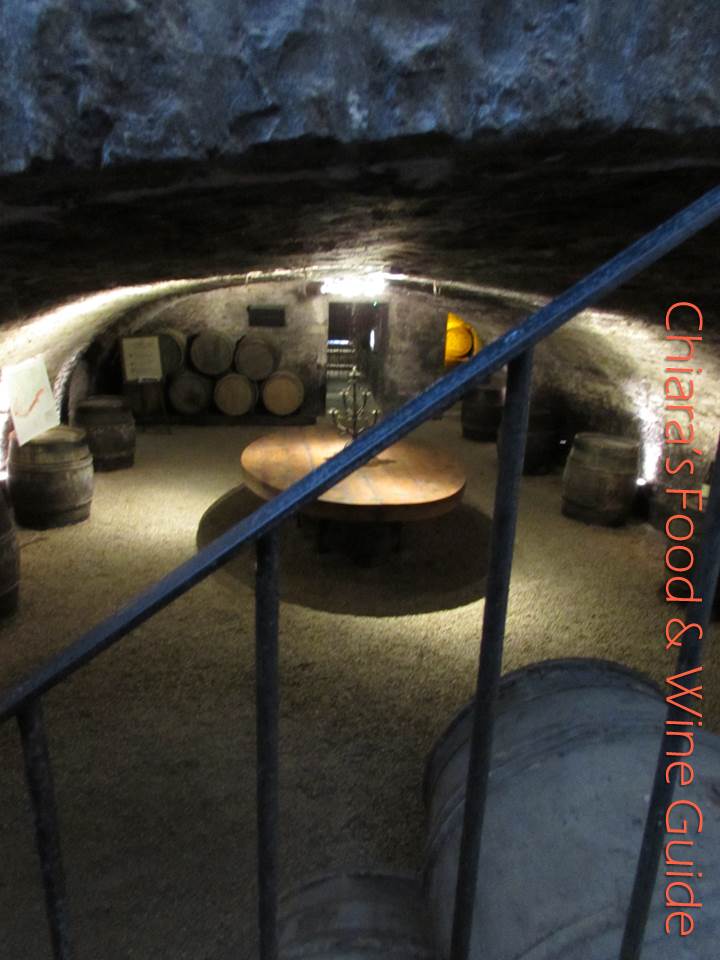
The communication
France, and in this case Burgundy, enjoy an aura of charm hard to explain and translate in terms of strategies and communication plans. Certainly, though, this is the result of years of history and much more effort in terms of communication of a very simple message: “quality and uniqueness”. What I can confirm is the good organization in terms of hospitality for tourists or wine lovers, often runned by specific organizations and bodies that leave the cellars do their job. At the same time, then, the territory and producers maintain the rural touch you expect from what is a sector of the more general agricultural field. Not to mention the beauty of the stone walls that surround the vineyards as well as the ancient stone columns at the entrance.
Indeed, I like to focus on the labels, to read it better and get the appellations:
- the most general appellation is the “règionale” one, wines from grapes harvested throughout the region. Es. ” Bourgogne Pinot, Bourgogne Chardonnay”;
- then there is the appellation communale which identifies a more limited area: wines from grapes of a single municipality, these wines are also named “village”;
- then the famous Premier Cru. The vineyards of the municipalities are divided into smaller parcels called “climat“, the best climat are identified as Premier cru;
- Finally the top of the range, that reaches prices often inaccessible: the Grand Cru, the excellence. (Among the best ones, for example: La Tâche, Echezeaux, Grand Echezeaux, Richebourg).
Among the best-known companies, the fateful Romanée-Conti is among the most important wineries in the world!
The cellars
A few months earlier I had met, in Paris, Loic Aubert, owner of a wine shop in the center of Paris, which makes a very interesting work trying to raise awareness of the territories and individual producers thanks, for instance, to well organized tasting which often engage producers in his own shop.
Loic gave me great suggestions and an important support.
I have really enjoyed the tour with Sophie, she has been very very kind since the beginning, helpful and gentle, I liked her wines and appreciated her manners a lot. Sophie and her husband have started their dream recently, in the 2009, running the estate which has been bought by an investor. They work on about 6 hectares (15 acres) for 30.000 bottles (60% of whites, 40% reds) for several appellation (regional, village and premier cru).
They are in Côte de Beaune, the region known for whites. All wines are elegant and immediate.
One of my favorite for sure, especially looking at their value for money! I am talking about both the whites and the reds, moreover the tour has been hilarious! They are in Côte de Beaune too so they mainly produce whites (70%, 30% of reds). They work on 12 hectares (29 acres) all of them in this area. I have loved their Chassagne-Montrachet– Le Verges Premier Cru 2011 and Chassagne- Montrachet – Le Chenevottes Premier Cru 2011 for their balance, elegance and persistence. Here you can learn 2 very important lessons: how to use wood for whites without feeling it and how much important drinking whites with some year more is!
We are in Gevrey Chambertin, maybe the most important production area for Pinot Noir! In Burgundy, very often, producers make you try barrel sample to see the difference and the real character of the wines even before bottling it and it’s unbelievable how much it works! With Jerome we tried mostly the all of his wines in barrels! He started his adventure in 2002 renting vineyards and proper rooms for wine making. I have loved his Pinot Noir Le Croissette 2013, a “simple” village: roots of liquorice, dark fruits, fresh but structured, smooth and elegant.
He is learning about biodynamic and seriously thinking about it!
She is a very well know producer with 6,5 hectares (16 acres), 30.000 bottles. She started in 1988 when she was something like 20 years old and one of the very first women in the wine business. After a hard work she has become famous and now her shy daughter gives a big hand too.
We are in Côte de Nuits this time, where the reds are fabulous so they produce a couple of whites and several reds including Premier cru as well as Grand cru such as the notorious Echezeaux or Richebourg, I mentioned above.
I have tried the both: Echezeaux is really intense with notes of black fruits and also spices; it is absolutely smooth and round, deep and with a very long touch of small red and dark fruits and a touch of liquorice. On the other hand Richebourg is silky and structured, you can find both floreal notes and fruity ones, as well as lather and a touch of prunes jam and liquorice in the finish. A great personality, it changes at each sip!
It’s a more “touristic” place nowadays but really fascinating and I was curious to take pictures and discover more about it.
A wine farm, built in the 12th century by monks. In the 16th century, a Renaissance style château was added to the existing buildings. Chateau du Clos de Vougeot does not produce wine anymore, but is the symbol of the millenary Burgundy’s History. The Confrérie des Chevaliers du Tastevin acquired the Château in 1945, and started to restore it, turning it into the seat of the Order.
Nowadays you can visit it along with a museum, the ancient vinification spaces and the big tools.
Clos de Vougeot, (or Clos Vougeot), is a wall-enclosed vineyard of 50 hectares (123 acres), so, it is the largest single vineyard in Côte de Nuits entitled to the grand cru designation; nowadays those hectares have been divided and runned by different producers all around the area, you can go and taste their wines.
I apologize for any shortcomings



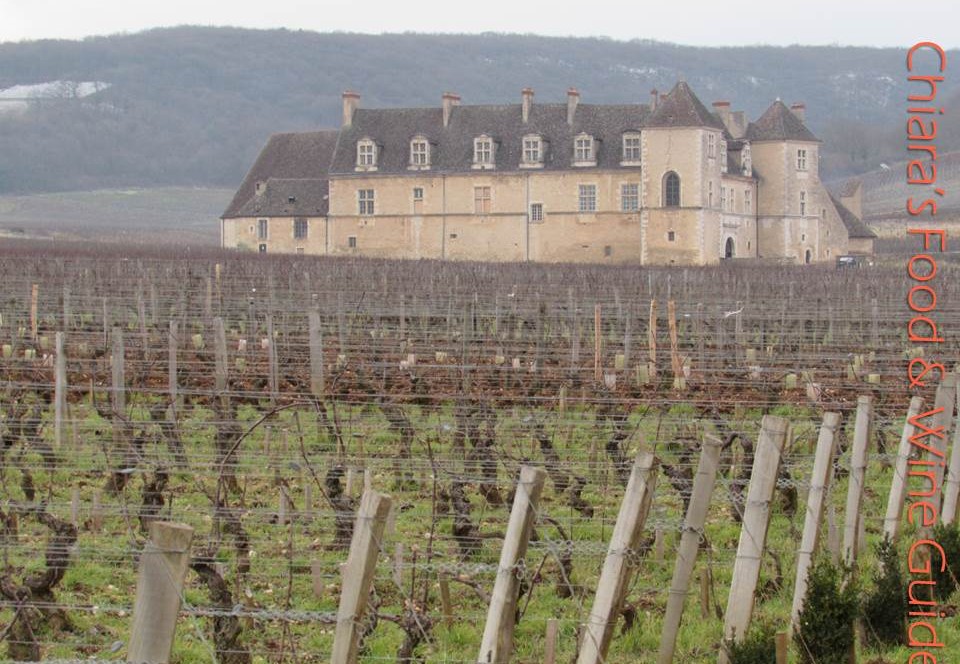

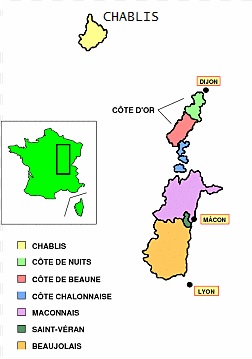

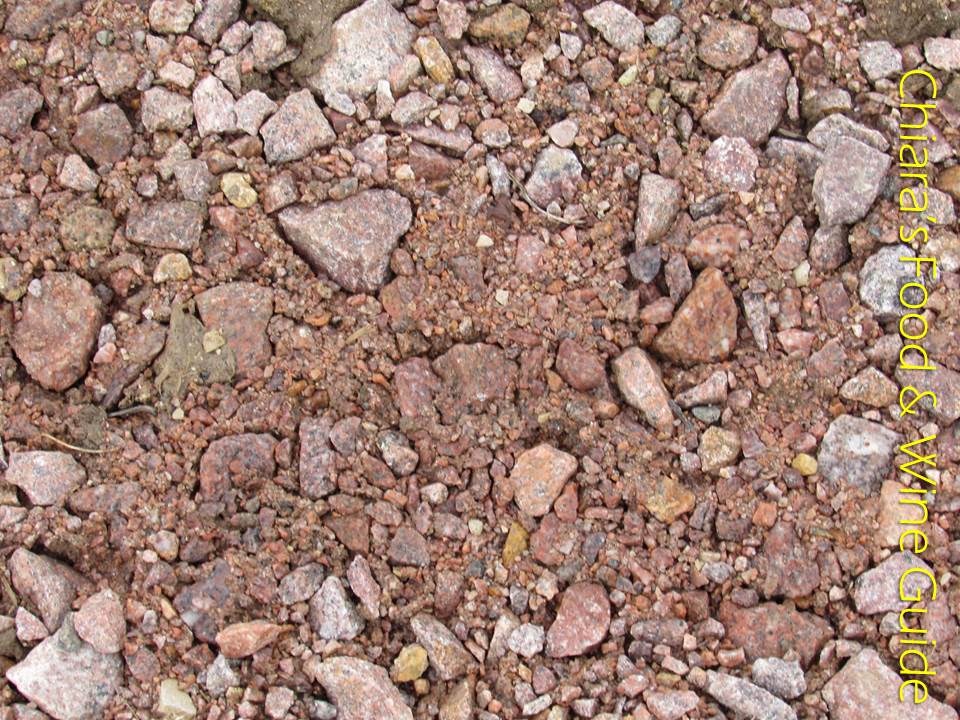
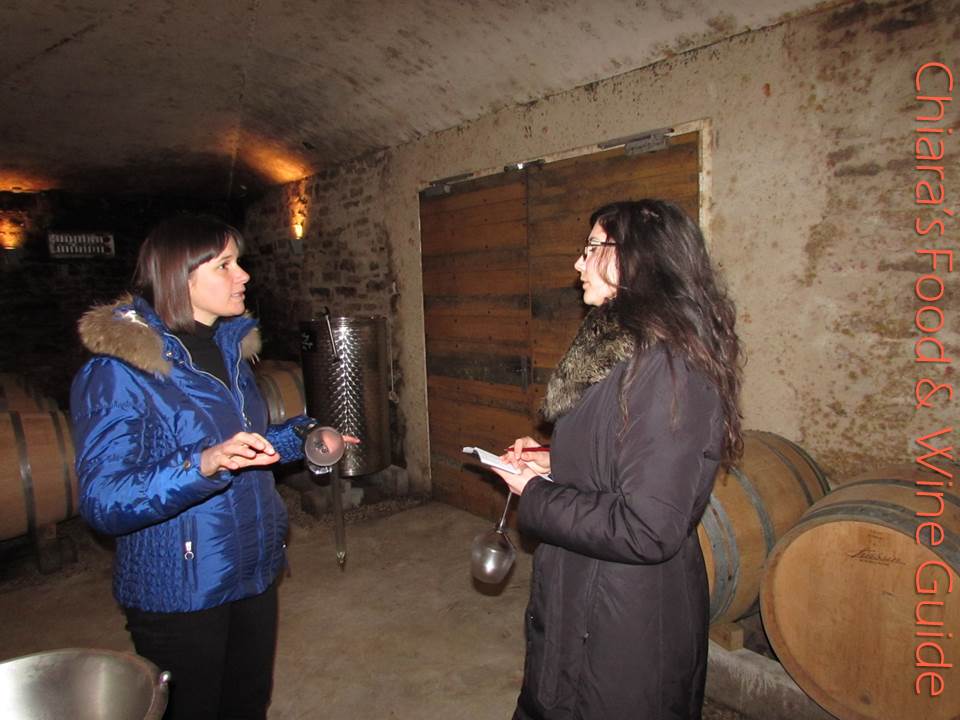
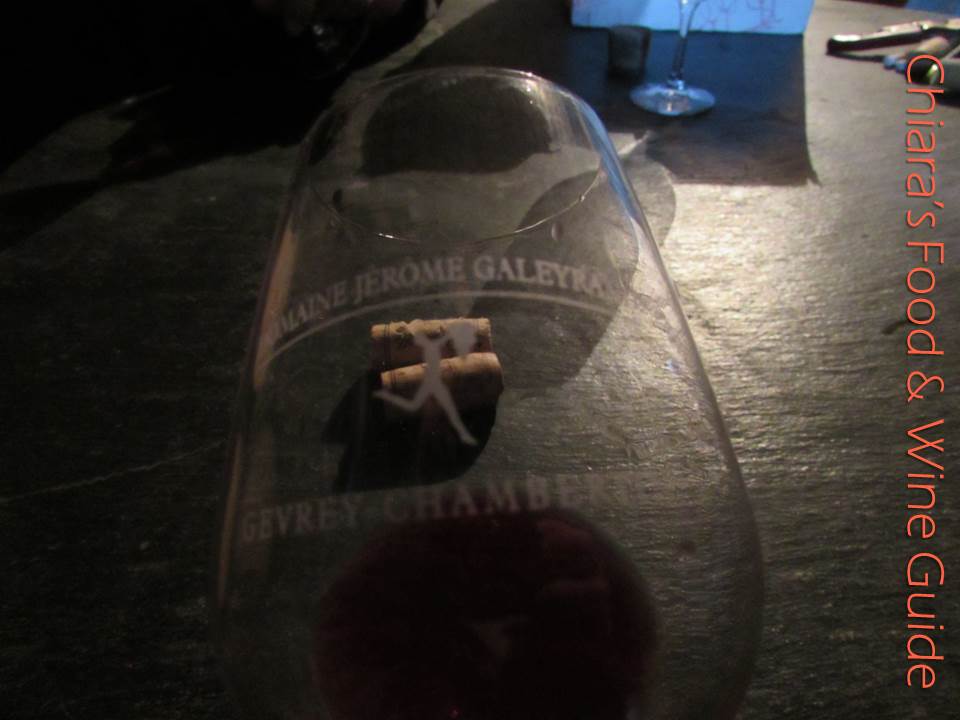
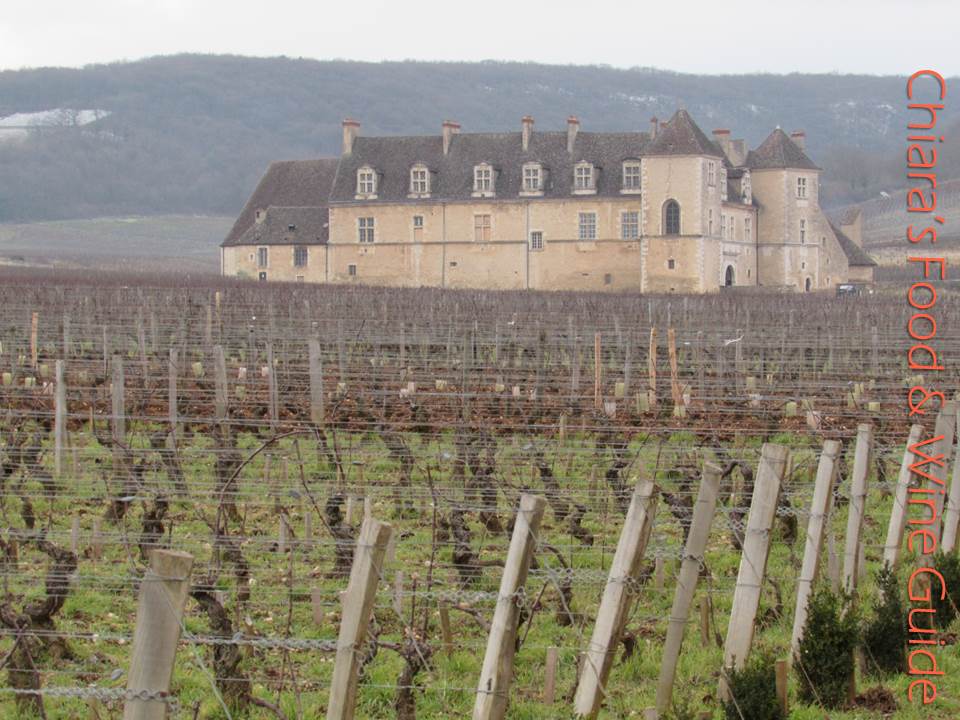
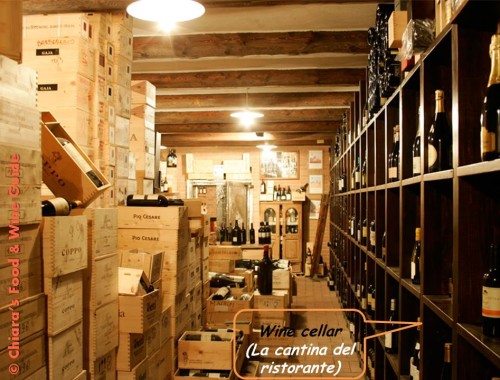
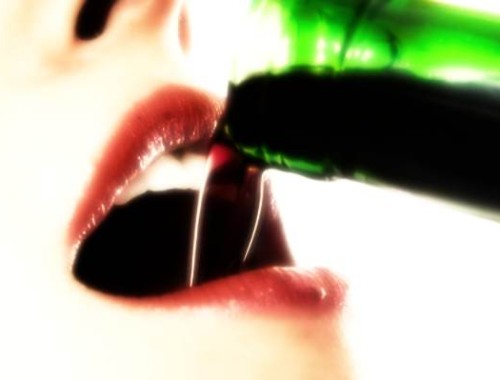
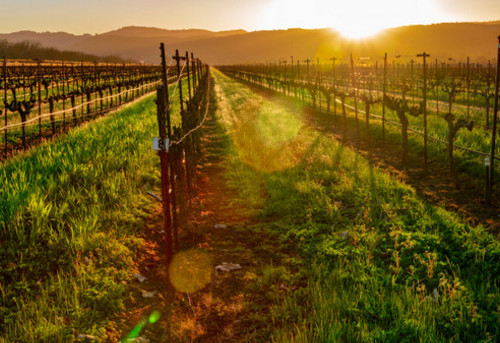




[…] already mentioned in the focus about Burgundy, I find no need to stress the high level of communication that characterizes this product since it […]